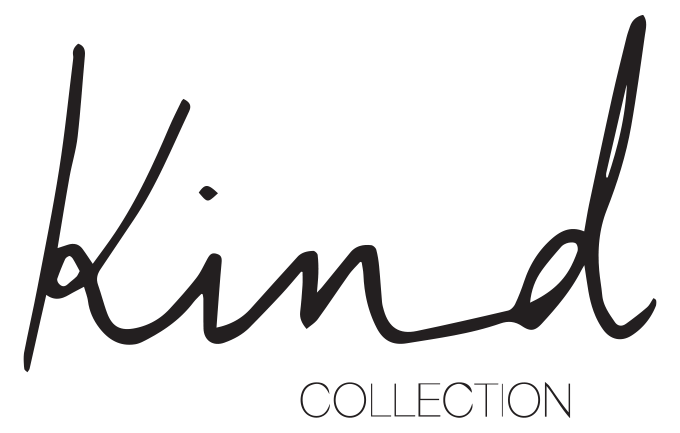Platinum Vs Silver Vs White gold
Commissioning a unique piece of jewellery is a highly sentimental experience, and choosing the right metal for the foundation can be a tricky task.
Whether its a wedding or engagement ring, a visual mantra necklace, or a timeless design to celebrate a milestone – most customers know the colour tone (gold or silver) of their desired piece – however, if you have chosen a ‘silver tone’, there is more to the decision than you may think!
When our customers are designing a silver-hued piece of jewellery, we often get asked – what’s the different between platinum, white gold and sterling silver?
Although the trio of precious metals look similar with a silvery hue, they are quite different in terms of colour, durability, and price. Today on our blog, we are sharing the difference between these three metals, so you can find the right one for you.
COLOUR
SILVER
One of the more noticeable differentiating factors between the precious metals is the colour, which comes down to the minerals that the metal is made up of, as well as the alloys that it is mixed with. Sterling silver has a slightly duller appearance, as it is mixed with copper when making jewellery, to give it more durability.
WHITE GOLD
Similar to sterling silver, white gold isn’t a pure metal, and is made by combining pure gold (which is yellow in colour) with an alloy metal called Palladium. As the foundations of this metal come from the combination of yellow gold and palladium, white gold can often appear to be grey or off-white in colour. To give it a brighter shine, most white gold jewellery is coated in a thin layer of rhodium plating, which gives it a brighter white appearance. As the plating is seperate to the metal, it can wear off overtime, and will need to be reapplied every few years to keep the desired shine.
PLATINUM
Platinum is a pure metal and is naturally white, which means its colour will never fade, unlike its sterling silver and white gold counterparts. It is not mixed with any alloys and it maintains its colour for years to come. This is one of the reasons why platinum is the most popular ‘silver toned’ metal used in bespoke KIND jewellery.
DURABILITY
SILVER
Silver on its own is a very soft metal, which is why it is blended with copper to make it more durable for everyday wearability. Even so, it is still not as durable as white gold or platinum, which is why we don’t encourage our customers to choose this metal for lifelong bespoke pieces, like wedding or engagement rings. Due to the copper elements, silver jewellery also needs to be polished more frequently than the other precious metals.
PLATINUM
Platinum is a very dense metal which means it can could be worn for decades and barely loses any thickness – which is why it is such a popular choice for wedding and engagement rings. When platinum is scratched, the metal is not lost – instead it just moves aside to another part of jewellery. Whilst this means your jewellery will always hold its value and won’t become thinner overtime, it also means it has a tendency to loose its sharp edges.
WHITE GOLD
Although not as dense as Platinum, white gold is still a very strong option and can retain intricate fine details, such as engravings or sharp edges better than platinum. The downside of white gold is that it is more susceptible to wearing away. When gold is scratched, tiny, microscopic pieces of the precious metal flake away, which means the jewellery can become very thin overtime due to the metal wearing off.
PRICE
SILVER
Sterling silver is the cheapest option out of the three metals, as there is a larger supply of silver than there is of gold and platinum. The copper alloy that is added to silver to increase its durability is also cheaper than Palladium, which is added to yellow gold to create white gold jewellery.
WHITE GOLD
Although white gold is a cheaper alternative to platinum, the Rhodium plating needs to replated every few years, which creates further costs down the line. The additional maintenance costs of white gold can add up overtime, compared to platinum which only needs to be polished every few years.
PLATINUM
Platinum is the most expensive option out of the three, and is considered the highest quality option for the “silver” precious metals. It is the most durable and requires the lowest maintenance out of all the silver toned metals – and it holds its value over time. In the KIND Studio, Platinum is our prefer metal for “silver” hued jewellery, as it lasts the test of time, and can be worn for generations.
If you are looking to commission your own bespoke piece of jewellery, and have any questions about the precious metals (or the design in general), please don’t hesitate to reach out! You can contact us on Instagram (@kindcollection) or email us (hello@kindjewellery.com).




